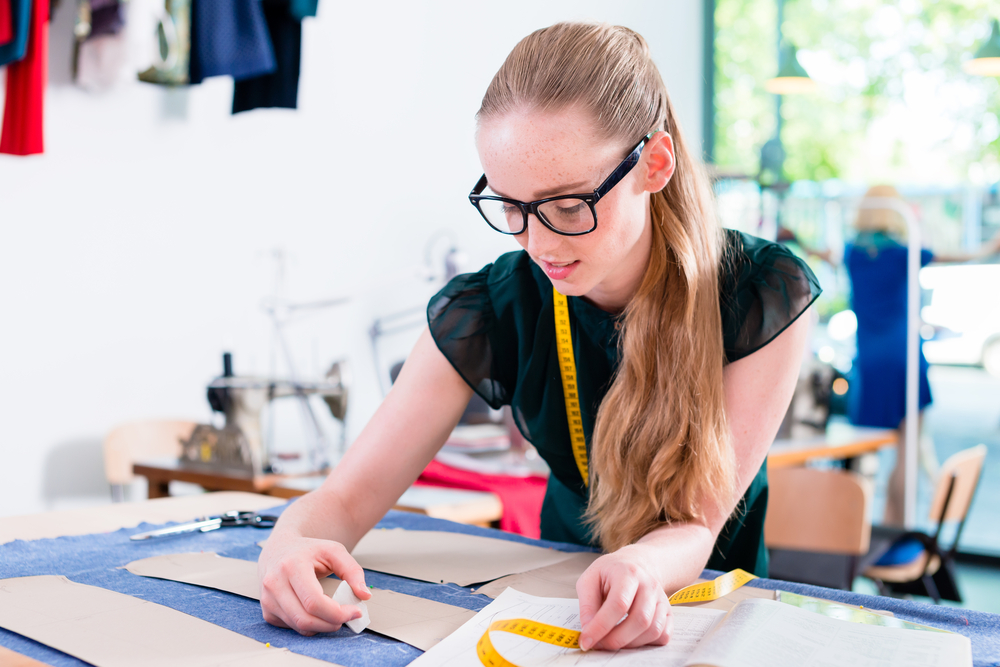The National Theatre of Great Britain
Great Britain is well known for its theatres. Everyone knows about the famous theatre in Stratford and millions of people attend the many theatres in London’s „theatre land“ in the West End of London, near Piccadilly Circus and Leicester Square. These theatres have royal names such as „Her Majesty’s“, „Prince Edward’s“, „The Duke of York“ and show popular plays and musicals which often run for years and years. Indeed, Agatha Christie’s „Mousetrap“ is still being performed in London after 32 years – a world record!
You may be surprised to learn of The National Theatre which is situated a short step away from the hustle (tlačenice) of the West End, on the South Bank of the River Thames, overlooking St. Paul’s Cathedral. Even if you were aware of (být si vědom) the National Theatre, did you know there are in fact three theatres under one roof? They are named after their previous directors and are called „Olivier“, „Lyttleton“, and „Cottesloe“.
The idea of a National Theatre was suggested in 1848 but work on the building of such a theatre did not begin until 1969 – Yes! an incredible (neuvěřitelně) 120 years later. Why was there such a delay? Well, many plans were put forward but the organisers could not decide, then money was not easy to find and lastly the site of the Theatre was moved four times. Finally, in October 1976, all three theatres were open to the public.
Why build three theatres? Well, they are of different sizes and design and can be adapted to suit a classical performance of Shakespeare’s „Hamlet“ or a more modern piece of contemporary (současný) theatre. With audiences (diváci) of 1.160 (Olivier), 890 (Lyttleton) and 400 (Cottesloe) the atmosphere is always intimate and the actors can build up (vytvořit si) a good relationship with the audience.
The main artistic aims of the National Theatre are to show a variety of plays from the whole world of drama, including some little known works, to experiment with new techniques, to give the audience a great choice of productions at reasonable (přiměřený) prices and to offer the complex of the Theatre as a meeting place with attractions such as live music, restaurants, bars and bookshops. In short, the National Theatre is meant for people of all walks of life (jako lidi ze vsšch profesí a společnostni) – a place where culture is most easily accessible.
The process of producing a play takes twenty weeks. During this time the budget (rozpočet) is worked out (vyčerpat), the publicity is arranged (sjednat), the set is designed, music chosen, costumes made and of course, the rehearsals (zkouška) take place. There are workshops at the Theatre where everything is made from the most elaborate (pečlivě propracovaný) furniture to the wigs (paruka) worn by the actors! In fact only boots and shoes cannot be made on the premises (předpoklad ???).
After five months of hard work and preparations the „First Night“ arrives. The critics, about 60 from the world’s press have been invited, the actors and actresses are ready to go, with butterflies in their tummies (jako nervóznost v žaludku ). Just before the performance starts, a rocket is fired from the roof in celebration or the new performance. Afterwards a relieved cast (asi jako herci z jeviště) will attend a „First Night“ party and wait for the newspapers to arrive with the critics‘ view or their latest production. As the Theatre’s publicity tells us „The National? There’s nothing to touch it!“





